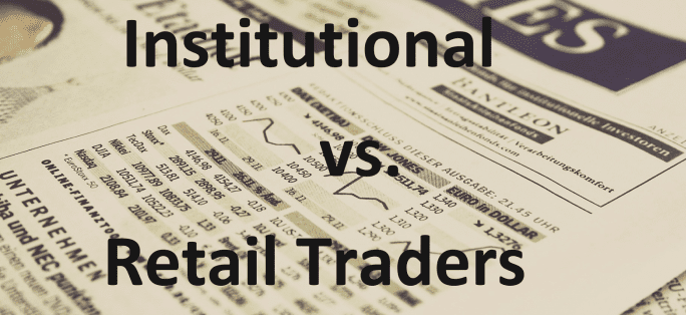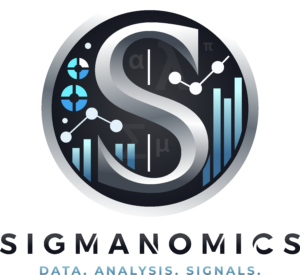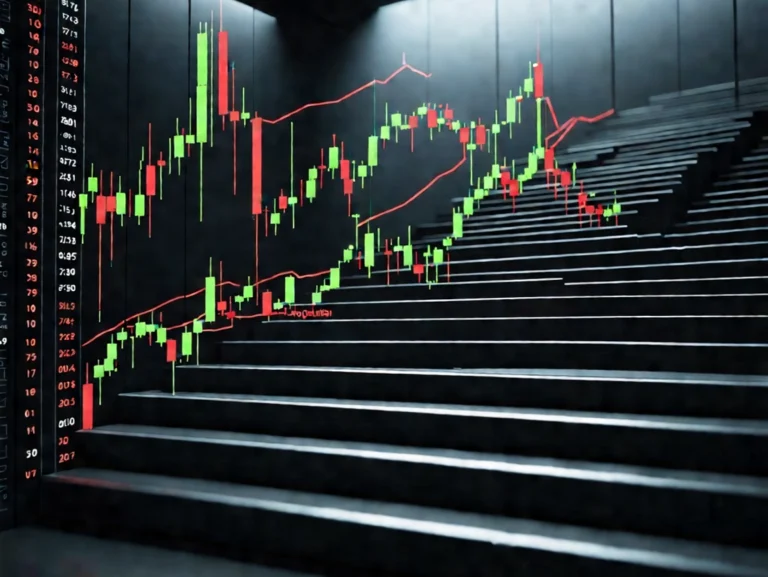In the financial markets, participants are generally categorized as either institutional or retail traders, each with distinct characteristics and roles. We will look over institutional vs retail traders in this review.

Institutional Traders
Institutional traders manage large-scale investments on behalf of organizations such as pension funds, mutual funds, insurance companies, and exchange-traded funds (ETFs). Their substantial capital allows them to access a wider range of securities, including initial public offerings (IPOs), futures, and swaps, which are often beyond the reach of individual investors. They typically execute large block trades, often exceeding 10,000 shares, and can negotiate lower transaction fees due to the volume of their trades. To avoid significantly impacting market prices, institutional traders may distribute their trades across various brokers or over time. Generally, they focus on large-cap stocks to maintain liquidity and avoid owning disproportionate shares of smaller companies.
Retail Traders
Retail traders, or individual investors, buy and sell securities for their personal accounts. They usually trade smaller quantities, often in round lots of 100 shares, and have access to a more limited selection of securities compared to institutional traders. The costs per trade can be higher for retail traders, especially when using brokers that charge flat fees and additional marketing or distribution expenses. Their trades typically do not influence market prices due to the smaller volumes. Retail traders often invest in small-cap stocks, which have lower price points, enabling them to diversify their portfolios across various securities.
Convergence of Advantages
Advancements in technology and the proliferation of online brokerage platforms have narrowed the gap between institutional and retail traders. Retail investors now enjoy greater access to real-time data, diverse securities (including options), and sophisticated analytical tools. Despite these improvements, institutional traders continue to hold advantages in terms of access to certain securities, the ability to negotiate fees, and assurances of optimal trade execution.
Transition from Retail to Institutional Trading
It’s noteworthy that successful retail traders can evolve into institutional traders. An individual may start by trading personal funds, and with consistent positive returns, attract capital from friends and family. As the managed capital grows, they might establish a formal investment fund, transitioning into the realm of institutional trading.
Understanding the distinctions between institutional vs retail traders is essential for grasping market dynamics and the varying strategies employed by different market participants.
Written by,
Sigmanomics education team





